The Teviot Valley Story



On this ribbon valley floor a patchwork quilt of farms and orchards unfurls in green and gold—a charming contrast to the swift turquoise swirls of their constant companion, the mighty Clutha Mata-au River.
Here in the Teviot, a generally mild, temperate climate marks a transition zone from drier, warmer inland Central Otago to cooler, coastal climes. The annual rainfall averages 557mm. The earth responds with an abundance of produce.

This is a place defined by its landscape. Verdant, plentiful valley lowlands are flanked by rocky, tussock-clad high country. Skyward, the magnificent vistas of the Old Man Range and Mt Benger frame the view. The hills enclose and protect. The river’s steadfast presence reassures. Seasonal changes paint the valley.
Early Māori recognised the plenty of this place
Tapping into its generous resources as they trekked from the coast to the Otago interior. Following the powerful Clutha Mata-au’s path, they gathered raw materials and hunted moa, duck and eel.
There is a proud history of plenty here. Through the decades, livelihoods have relied on the environment’s rich resources to provide in goldmining, farming and horticulture. Since 1862, when payable gold was first discovered by James Woodhouse and Andrew Young at the junction of the Clutha Mata-au and Teviot rivers, people have recognised this area’s incredible wealth. Described as a natural sluice box, schist gravels have accumulated over the ages in the swift flowing Clutha Mata-au River. At the turn of the century, the largest gold hauls in Central Otago were recovered in the Teviot Valley in a boom that lasted 20 years.

Verdant, plentiful valley lowlands are flanked by rocky, tussock-clad high country
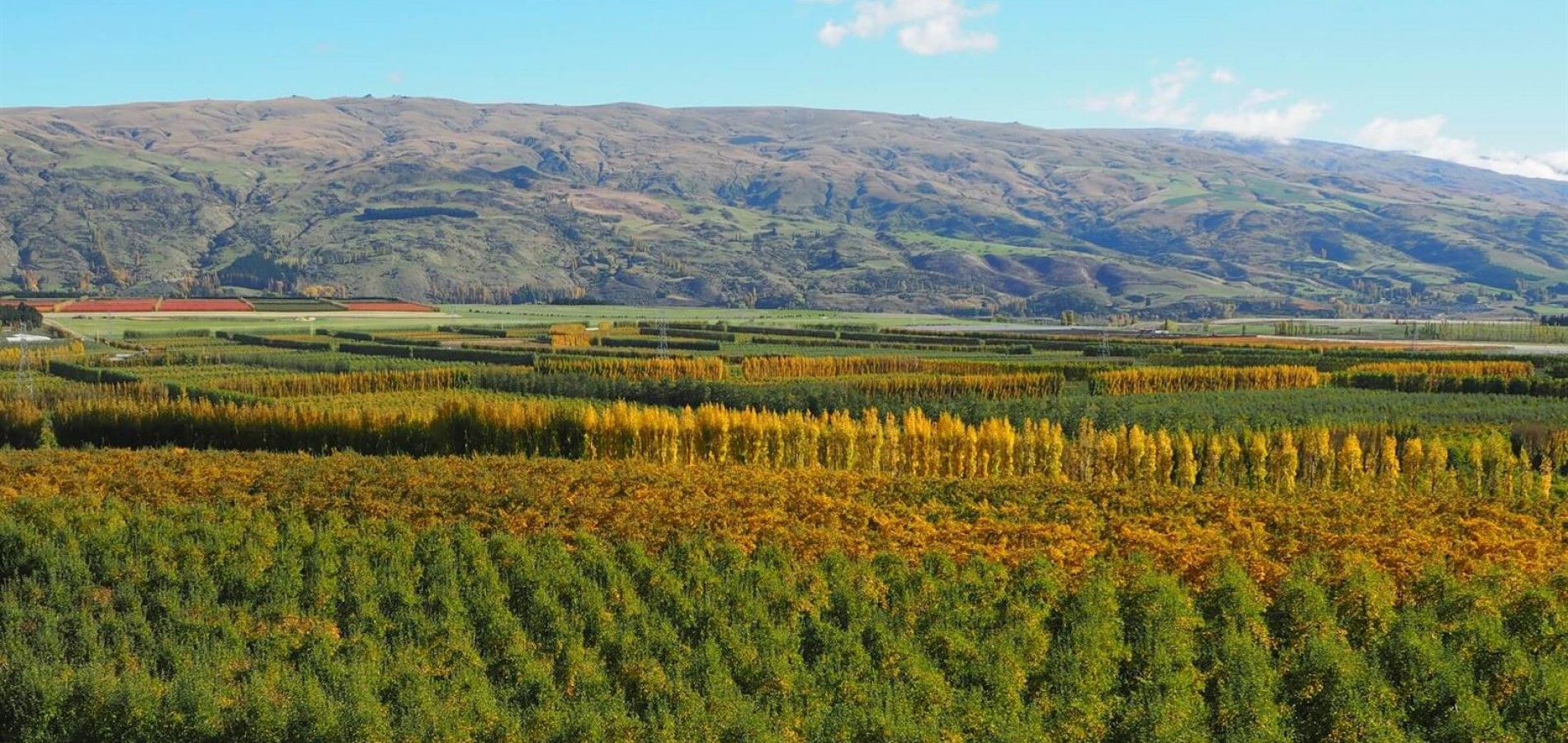
Fortunes were made and dreams were shattered in what was one of Central Otago's must lucrative goldmining areas.
Goldminers’ hard manual labour was eventually replaced by machines. Panning and cradles were superseded by hydraulic sluicing and elevating in the 1880s, as the quest for gold shifted to river banks and old river courses. From the 1880s until the 1920s, it was dredging the river that proved the most productive. Efficient steam dredges replaced the early spoon and current wheel-driven bucket dredges. Dredge wrecks still remain, steely and silent, barely revealed above the powerful river currents, hinting at the lofty rewards returned to mining companies. Goldmining altered the physical riverscape forever.
These were prosperous days
as fortunes were made and lost
Many miners worked for wages or went into partnership. Entrepreneur John Ewing’s ambitious plan to dig up the old Clutha Mata-au river bed using hydraulic elevating sluicing found nothing. Pinder’s Pond is what remains. And there’s also the story of the Lonely Graves at Horseshoe Bend, a poignant tale that highlights the hardship and isolation of a goldminer’s lot.
By the 1920s the gold boom had faded. The possibilities for progress lay in the valley’s fertile, free-draining soils and temperate climate, as many yearned for a more settled life.

FOR OVER 150 YEARS, PASTORAL FARMING HAS DOMINATED THE TEVIOT VALLEY ECONOMY
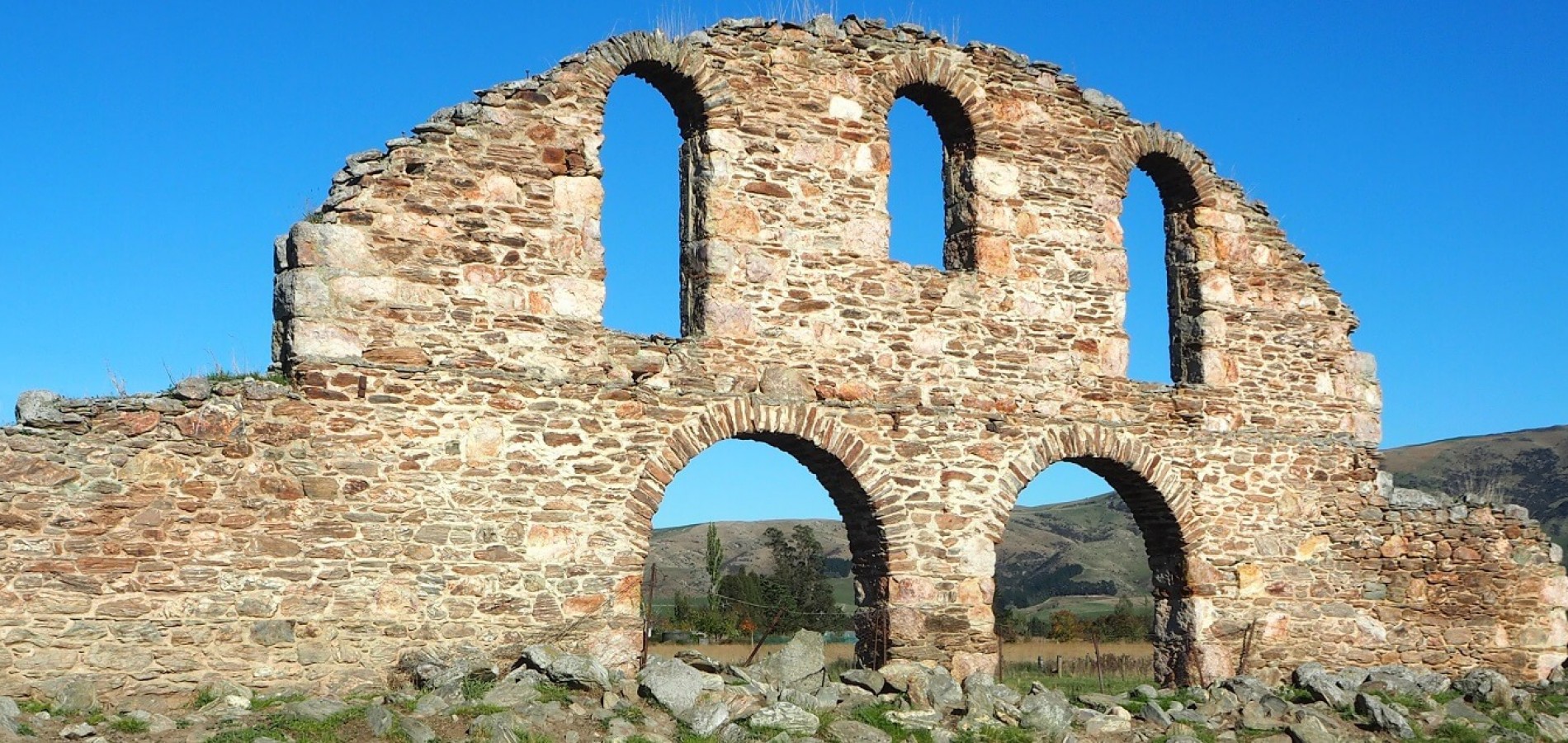
From the late 1850s, pastoralists established large run holdings in the Teviot
The biggest and most notable, Teviot Station, covered a swathe of 29,000 hectares, engulfing the district on both sides of the Clutha Mata-au. The station’s woolshed (built in 1865 and destroyed by fire in 1924) was said to be the largest in the southern hemisphere. These early runs were eventually divided into small farms or horticultural units, often sold to goldminers or returned servicemen.
Today, pastoral farming remains the Teviot’s dominant industry, as intensive farming practices take advantage of productive crossbred sheep varieties and improved irrigation.
The valley’s abundance is also reflected in the array of horticultural crops produced. While pip and stone fruit predominate, berries are also grown commercially. Market gardens produce an extravaganza of vegetables and fruit—sold at the gate, or through the Otago Farmers’ Market in Dunedin.
APPLES MAXIMISE THE AREA’S PERFECT GROWING CONDITIONS
THEIR CRISPNESS FLAVOUR AND GOOD LOOKS DELIGHT
They are the district’s principal export crop. Central Otago is New Zealand’s third-largest apple producing region, with exports totalling over $30 million in 2017.
There’s another star in the Teviot Valley’s fruit bowl.
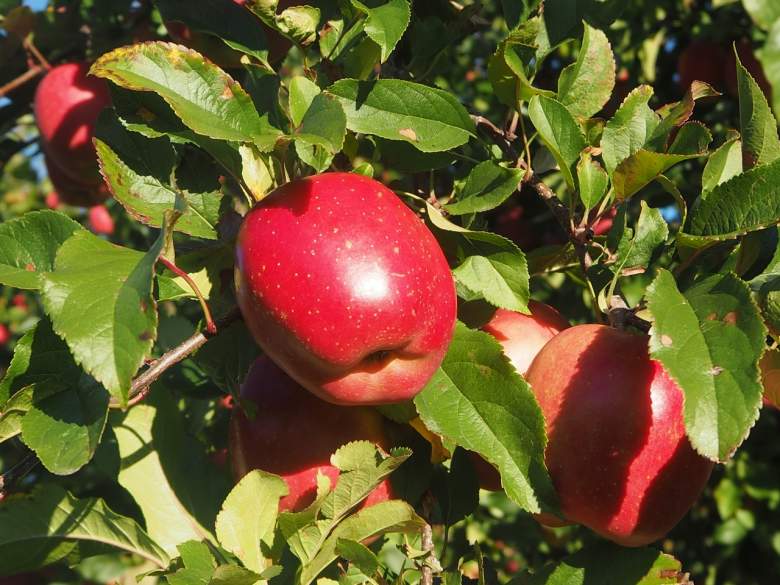
THE TANGY, SWEET APRICOTS
ARE CONSIDERED NEW ZEALAND’S FINEST
This is a world-class apricot-growing district where searing hot summers and frosty winters bestow a distinctively intense flavour, excellent colour and delicious eating quality. Central Otago is New Zealand’s largest apricot-growing region, producing almost all of the country’s export crop.
From the 1940s until 2006, the Roxdale cannery supplied beautiful, flavoursome Roxburgh apricots throughout New Zealand, creating a lasting memory for many.
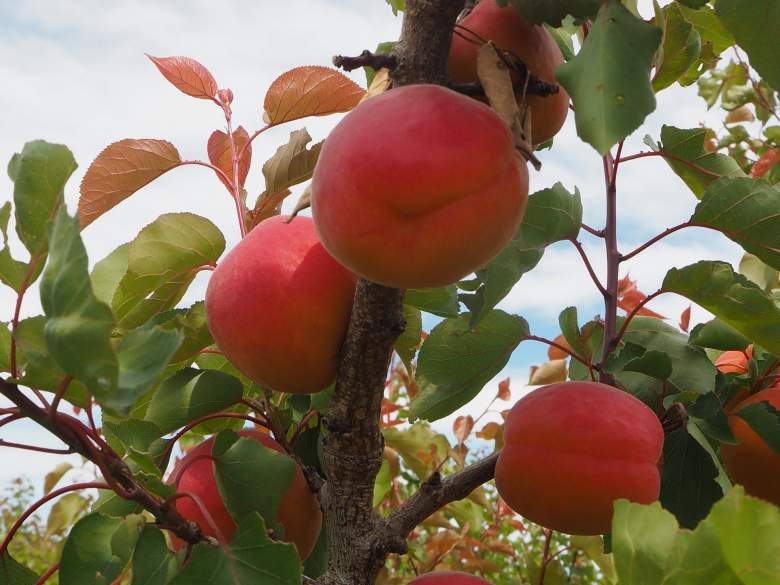
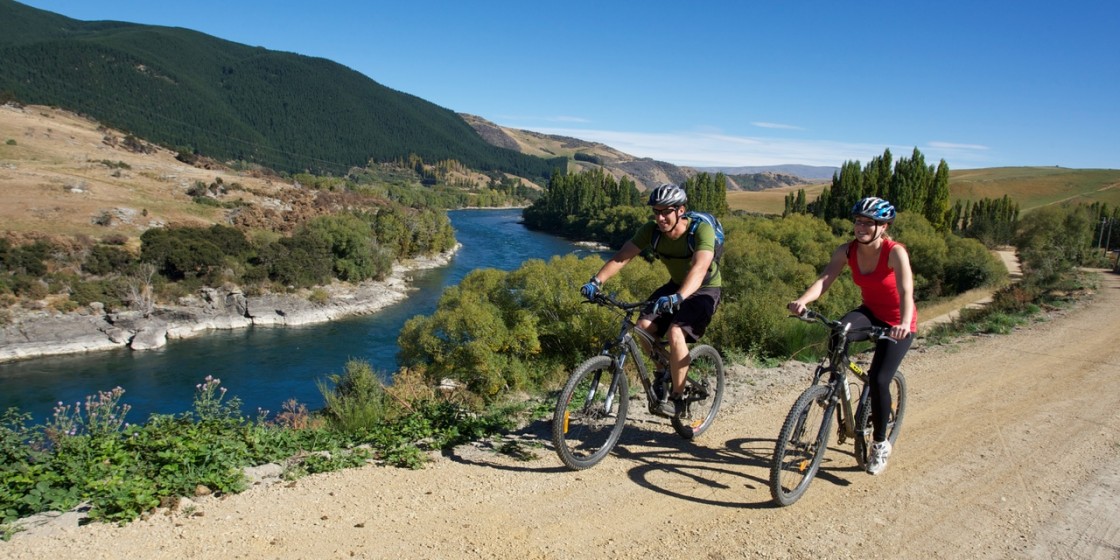
TWO WORLD-CLASS TRAILS
Today, the Teviot is home to two world-class cycle trails—the Roxburgh Gorge and Clutha Gold—offering an inspirational and diverse 117km journey of discovery through spectacular landscapes and heritage areas as they trace the Clutha Mata-au’s path.
These trails are unique, awe-inspiring experiences where cyclists encounter the diversity of Central Otago’s rugged sunburnt beauty, lush, green farmland and golden orchards.
The pleasures of this valley’s bountiful, privileged land and climate are equalled by the generosity and friendliness of its people. Sturdy, salt-of-the-earth people welcome you into resilient, caring communities, where intergenerational bonds are strong. In the Teviot, things get done by working together. There’s time to stop for a yarn.
You won't find smugness, complacency or disrespectful people here.
Successful community projects
attest to this proud community spirit
and `can-do’ attitude
In Roxburgh you’ll find New Zealand’s (and maybe the world’s) longest running cinema that’s operated since 1897. This is the community’s place—supported by capable volunteers. Teviot Tartan Time celebrates the valley’s Scottish heritage and Cherry Chaos marks the cherry season with fun-filled activities that include a fruit fight and cherry spitting competition.
Roxburgh is also home to the inimitable and iconic Jimmy’s Pie—made with a generations-old secret recipe and enjoyed by young and old. When arriving in Roxburgh, a tasty Jimmy’s Pie is often on the mind of many a hungry traveller.

THE MIGHTY CLUTHA MATA-AU RIVER, A CONSTANT PRESENCE THAT DOMINATES THE LANDSCAPE
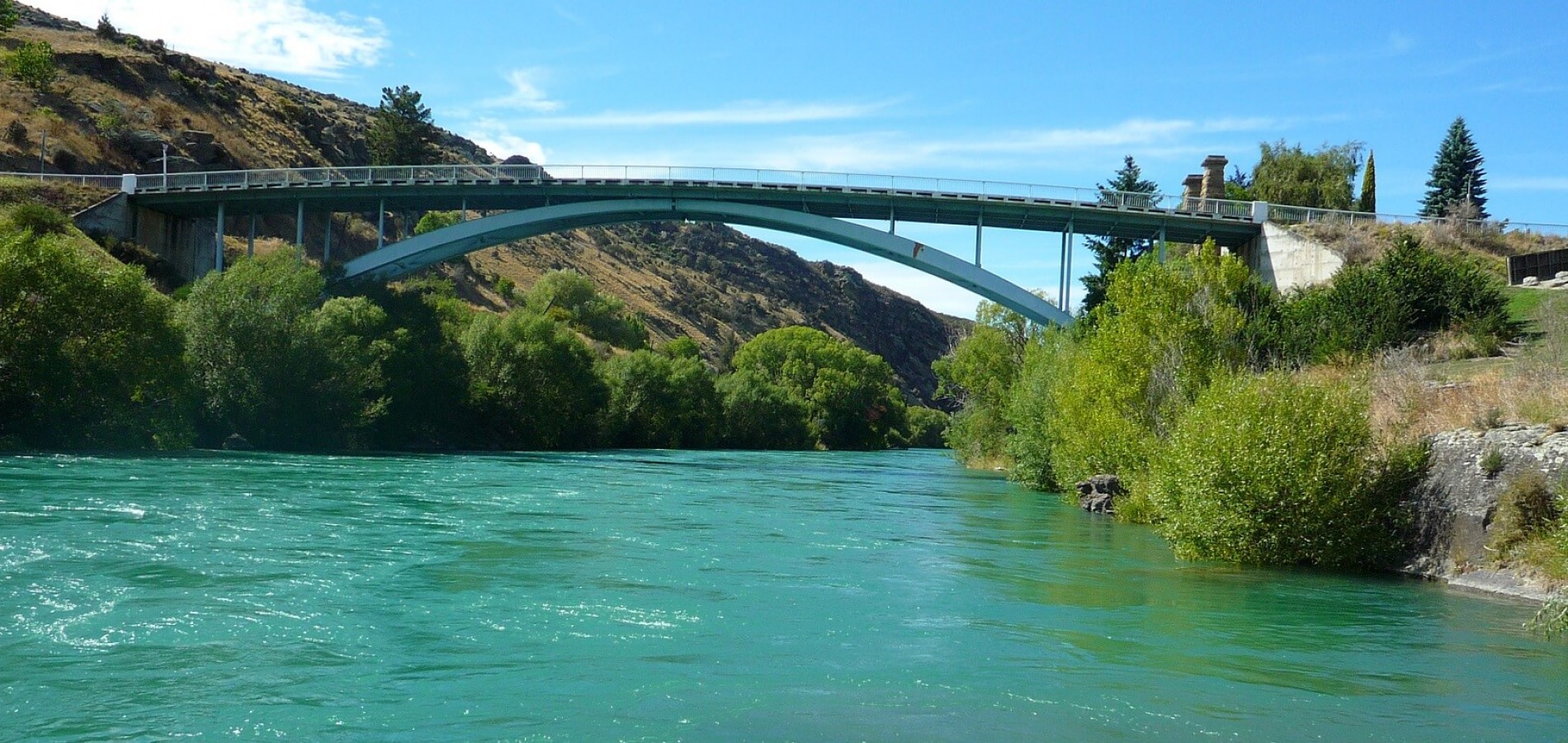
ALL THE WHILE
THE MIGHTY, MAJESTIC CLUTHA MATA-AU RIVER
ROLLS AND SWIRLS THROUGH THE VALLEY
A steadfast presence that delivers beauty, economic prosperity and resources. This is New Zealand’s highest volume river, its swiftest and its second longest (338km). A colour palette of startling blues and greens delights as its surface currents ebb and flow. Its magnificent raw beauty takes charge as it tumbles, coils and swirls over rocky schist outcrops. Meandering through the valley, it curves and bends on its long journey to the sea.
Teviot forefathers were inspired to harness the valley’s rich water resources to generate electricity, bringing prosperity and development to local communities and businesses. Established in 1920, the Teviot Electric Power Board was Otago’s first power authority and the first to establish a public electricity supply. With the commissioning of the first commercial power station on the Teviot River in 1924, rural dwellers from Coal Creek to Raes Junction gained a relatively cheap electricity supply.
Over the years, further small hydro stations and dams have been built on the Teviot River. Then in 1956, 9km north of Roxburgh on the Clutha Mata-au, the Roxburgh Dam was commissioned. The South Island’s first major hydroelectric project, it doubled the electricity supply available in the South Island.

This is the Teviot—a diverse and special place, endowed with nature’s goodness and dynamic, strong communities.
Here the land gives generously and the people do too


Related Stories
-

Central Otago Cycling Story
Our landscapes, places, people and climate have created a bikers' paradise for every age and stage
Read more about Central Otago Cycling Story -

The Cromwell Story
Today, New Zealand’s farthest inland town has a new, uplifting energy as people are attracted to the Cromwell Basin’s sunny, dry climate, and the work and lifestyle opportunities. Now over 20 years on from its beginnings, Lake Dunstan has become the jewel in the Cromwell Basin’s crown - a glistening, inviting adventure playground.
Read more about The Cromwell Story -

Manuherikia & Ida Valley Story
The Manuherikia and Ida Valleys are proud, timeless places. Edged by sturdy mountain ranges and crumpled velvet hills, they are soul country.
Read more about Manuherikia & Ida Valley Story


















